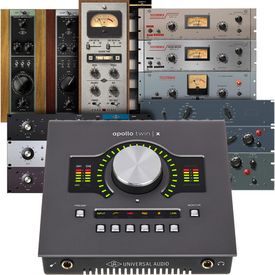cheapsoundguy
Member
- Joined
- Dec 13, 2021
- Messages
- 61
- Likes
- 53
I have been "out of the game" for a while. When I was last paying attention, around 2011-2012, the USB interfaces on most DAC were terrible.
You would literally get "crackles and pops" especially at higher res streams (e.g. 96k). Usually Coax SPDIF was the "best" way to connect with a DAC.
It seems that the USB issue is now "solved" with XMOS 208 and 216 chips. But it seems to me that USB is fundamentally a poor interface for audio, and we have had to invest a lot to work around USB's limitations.
It also seems that almost all PCs motherboards have dropped Coax SPDIF output, but almost all of them still have TOSLINK SPDIF output.
So two questions:
1) why don't more of you have PCs setup as the fundamental source using PCIE SPDIF output rather than USB?
2) why did mono makers select TOSLINK over Coax for their remaining SPDIF interface? (I recall TOSLINK is almost always more jitter/less bandwidth)?
You would literally get "crackles and pops" especially at higher res streams (e.g. 96k). Usually Coax SPDIF was the "best" way to connect with a DAC.
It seems that the USB issue is now "solved" with XMOS 208 and 216 chips. But it seems to me that USB is fundamentally a poor interface for audio, and we have had to invest a lot to work around USB's limitations.
It also seems that almost all PCs motherboards have dropped Coax SPDIF output, but almost all of them still have TOSLINK SPDIF output.
So two questions:
1) why don't more of you have PCs setup as the fundamental source using PCIE SPDIF output rather than USB?
2) why did mono makers select TOSLINK over Coax for their remaining SPDIF interface? (I recall TOSLINK is almost always more jitter/less bandwidth)?

